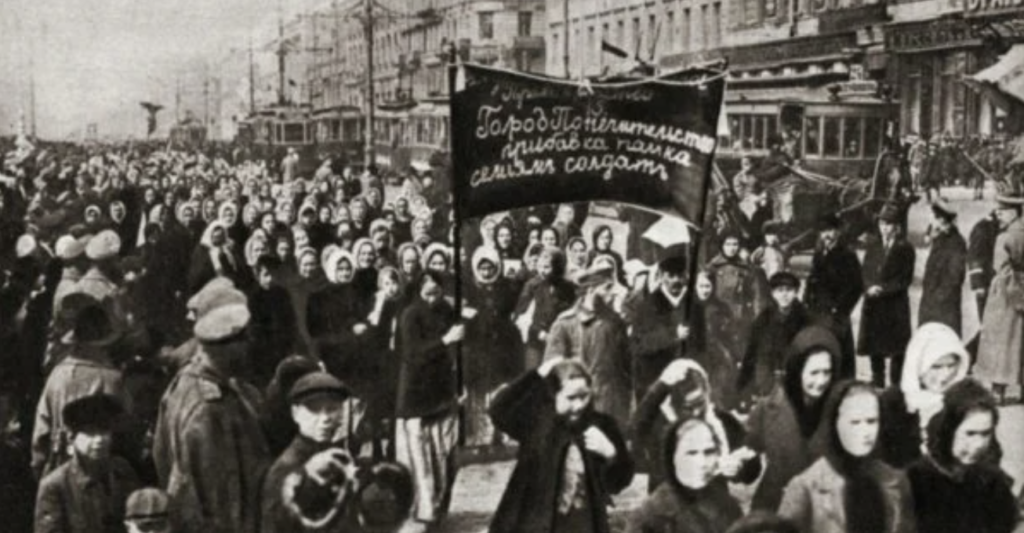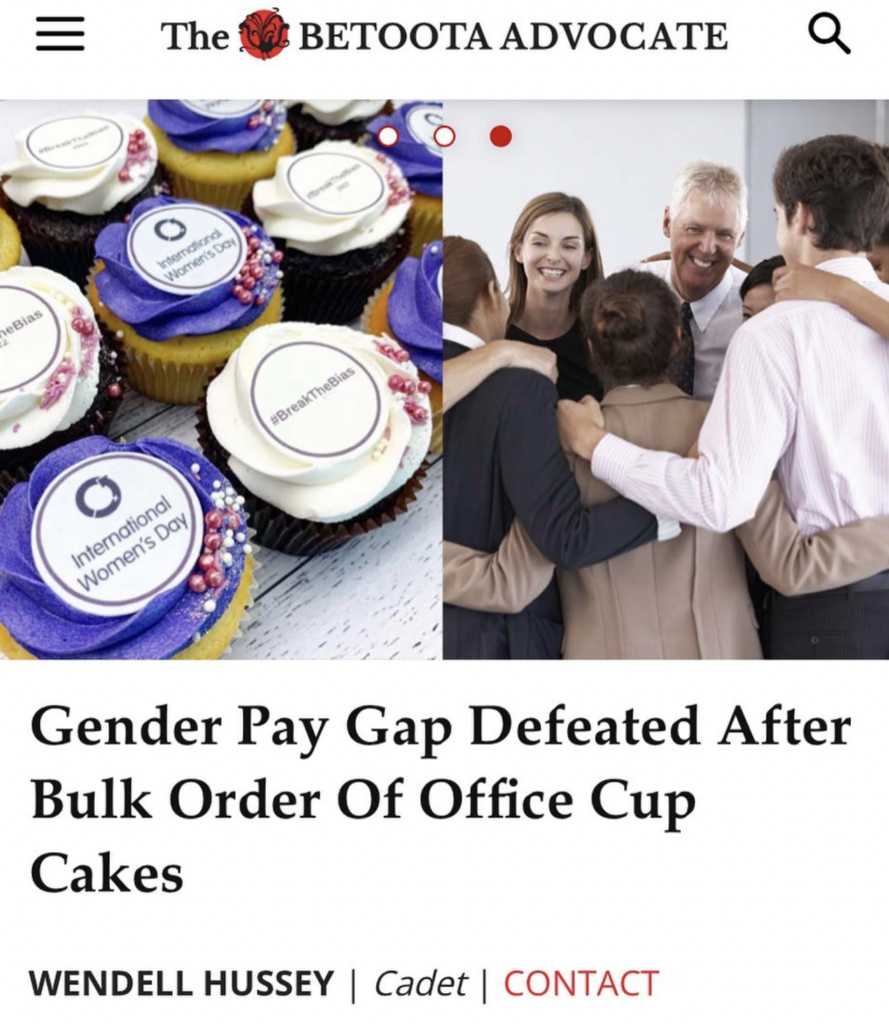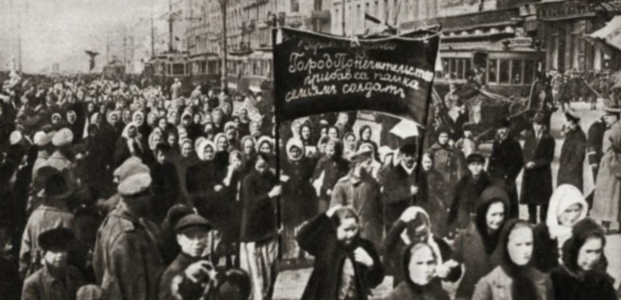International Women’s Day is a day intended to promote the presence and power of women’s voices all around the world, a day that allows people of all genders to reflect on women’s achievements and how much women’s rights have been fought for over millennia… So why do office cupcakes and Instagram posts seem to be the main takeaway from this day?
Let’s set the scene. It’s 1908 and the first ‘Women’s Day’ strike is occurring in the streets of New York City. Stemming from the socialist labour movement, over 15,000 factory workers are marching the streets for better pay, the right to unionise and to vote. In the coming decades, women across the globe including in Sweden, Germany and Russia, will continuously mass protest for increased equality.
Doesn’t that sound familiar?

Celebrated on 8 March ever since it was officially adopted in 1975 by the United Nations, who declared 1975 the “International Women’s Year”, the day has historically sought to draw awareness to a number of women-based issues through certain campaigns.
However, recent years celebrating International Women’s Day have revealed a not-so-picturesque reality.
While the UN promotes a theme each year based on consolidated research to bring about coordinated change, internationalwomensday.org is the more new and major contender growing in popularity. This organisation, corporately funded, promotes divergent ‘business-friendly’ themes that lack the depth needed to actually cause any significant ripple of change. This year it’s #EmbraceEquity and last year, #BreakTheBias. What do these even mean? I’m not sure either. Of course, we know that women have and continue to be categorised and stereotyped into certain roles, identities and sexual practices, usually by men. But a #BreaktheBias hashtag only addresses one tiny component of necessary change during the era of #MeToo, the reversal of Roe v. Wade and the worldwide increase of domestic abuse during the COVID-19 pandemic. In 2018, #PressForProgress; progress for what? Are they referring to women’s voices and representation, or goals at the gym? How about the 2020 theme, #EachForEqual, which is so vague I had zero memory about what the actual meaning was behind it. These themes were immensely tone-deaf and did not do nearly enough to instigate any meaningful action or conversation.
I’m calling it: the corporate sphere has embraced a vapid, feeble version ofInternational Women’s Day causing it to lose its power to make real change.

This year, we are choosing to promote the UN theme, “Cracking the Code: Innovation for a Gender Equal Future”. It speaks to a range of female voices based in STEM industries and the disparities between male and female representation in these fields. Shifting to the UN Women theme this year has been an important step for many people: This theme is specific, carries relevant and relatable meaning for women and attempts to inspire change regarding the gender pay-gap, lack of representation of women in executive roles and school-based pathway programs designed to spark female interest in these fields.
If we want to be part of a movement responsible for enacting real and impactful change that actually aims to fix gender-based inequality (and not with a tiny, patriarchal band aid), we need to do more during International Women’s Day. Not just by rejecting these vapid themes and tokenistic acknowledgements and actions of the day, but by opening up space for meaningful storytelling and perspectives, proactive engagement with the theme and day’s history and by tackling current issues with real solidarity, insight and fierceness.
Because, at the moment, this is not it.

